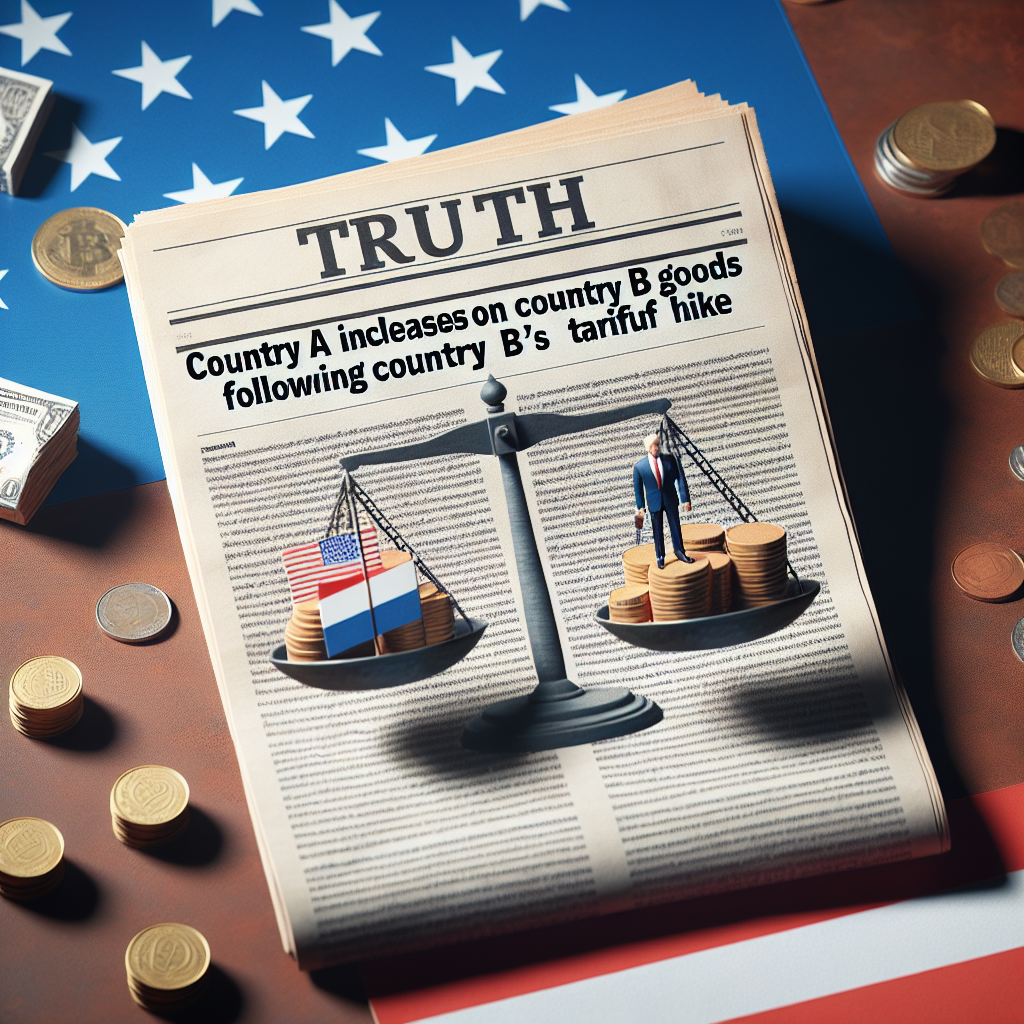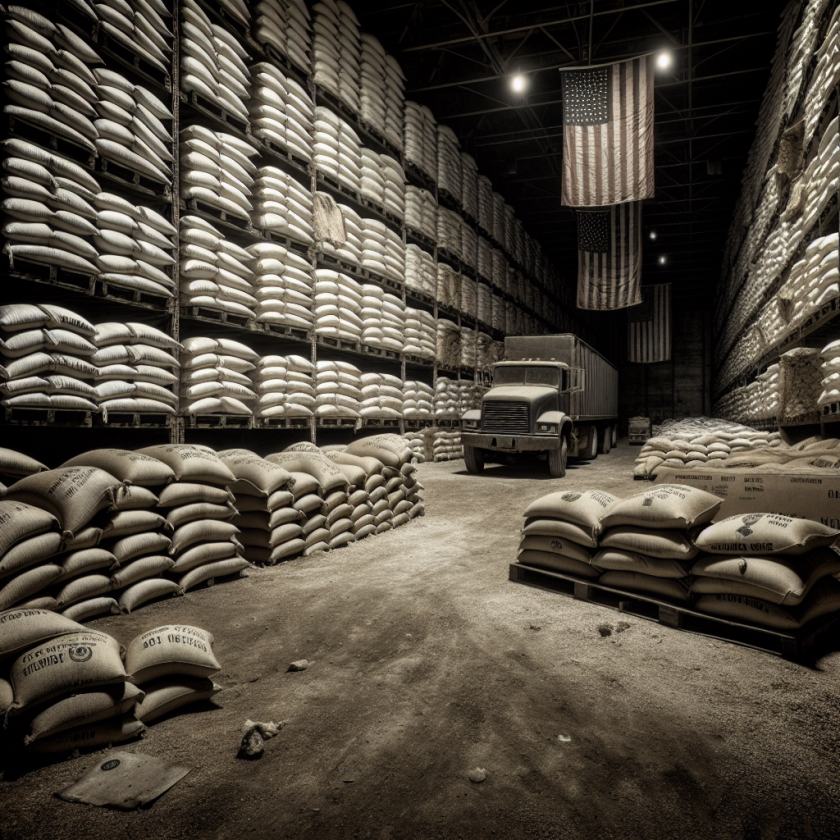China Increases Tariffs on US Goods to 84% Following Trump’s 104% Tariff Hike
China Increases Tariffs on US Goods to 84% Following Trump’s 104% Tariff Hike
Background of the Trade Tensions
The ongoing trade war between the United States and China has escalated with recent tariff hikes from both nations. This economic conflict has been marked by a series of retaliatory measures, impacting global markets and international trade relations.
Trump’s Tariff Hike
In a significant move, the Trump administration imposed a 104% tariff increase on a range of Chinese goods. This decision was aimed at addressing trade imbalances and protecting American industries, but it has also intensified tensions between the two economic giants.
China’s Retaliatory Measures
In response to the US tariff hike, China announced an increase in tariffs on American goods, raising them to 84%. This countermeasure targets various sectors and is seen as a direct response to the US’s aggressive trade policies.
Key Impacts of the Tariff Increases
- Economic Strain: Both countries are experiencing increased economic pressure, with businesses and consumers facing higher costs.
- Global Market Uncertainty: The trade war has led to volatility in global markets, affecting investor confidence and economic stability.
- Supply Chain Disruptions: Companies reliant on cross-border trade are facing challenges in maintaining efficient supply chains.
Potential Outcomes and Future Implications
The escalation in tariffs could lead to prolonged trade negotiations or further retaliatory measures. Both nations may seek alternative trade partners, potentially reshaping global trade dynamics.
Conclusion
The recent tariff hikes by the US and China mark a significant escalation in their trade conflict, with far-reaching implications for global trade and economic stability. As both nations navigate this complex landscape, the world watches closely, anticipating potential resolutions or further escalations.






































